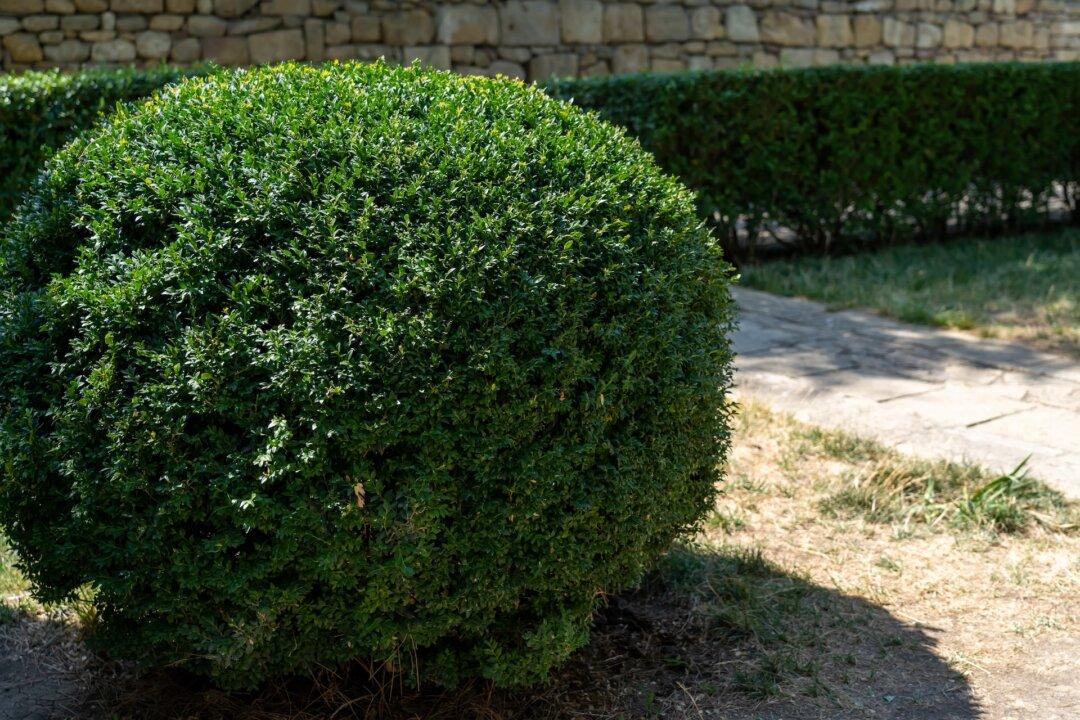Q: I hope you can give me some advice on my privet hedge. The hedge is about 25 years old and runs about 250 feet around my yard. It was very healthy last year but did not come back very well this spring. I had them cut back to 2 feet. I have always covered the base with leaves each fall. I have been watering them with Miracle-Gro each week, and they are all full and green now. My question is: When should I stop putting Miracle-Gro on them? Also, is it a good idea to put the leaves around them again this year? I am next to a lake and get very cold air from the north.
A: The privet plant is not hardy enough for many northern areas, and when there is a record cold like you probably had last winter, there will likely be some dieback. The leaves you pile around the base are going to help insulate the roots and lower trunks, so I would go ahead and keep doing that.





